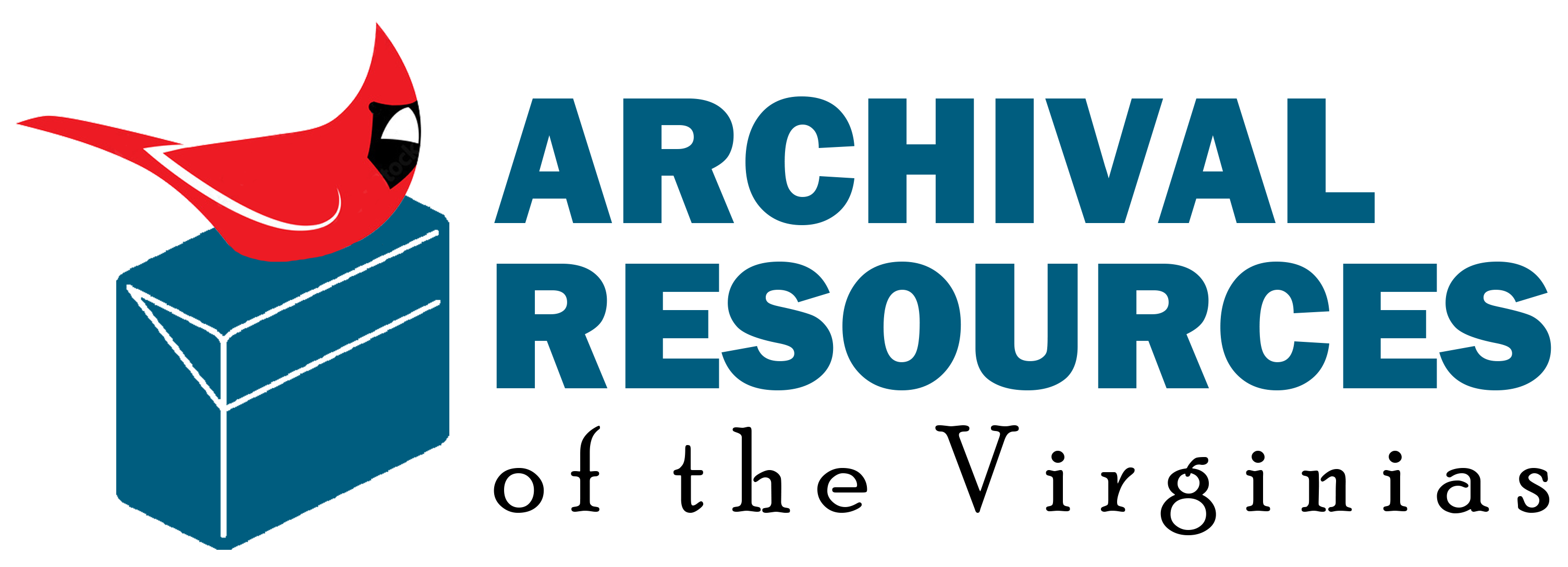- Repository:
- West Virginia and Regional History Center
- Published:
- unknown
- Subjects:
- Account books | America First Day | Covered bridges | Churches -- West Virginia -- Harrison County | Churches -- Methodist missions | Churches -- Methodist | Churches -- Nutter Fort (W. Va.) | Harrison County Fair. | Lawyers - letters and papers. | Mason-Dixon Line | Mills and mill-work | Politics and government. | Progressive Union Movement. | Prohibition -- United States -- History | Railroads - Baltimore and Ohio Railroad. | Railroads | Transportation | Universities and colleges | Women -- Suffrage | Women's history -- 1800-1849 | Women's history -- 1850-1899 | Women's history -- 1900-1929 | Women's history -- 1929-1950 | Women -- United States -- History
ARVAS is an aggregator of archival resources. ARVAS does not have control of the descriptive language used in our members’ finding aids. Finding aids may contain historical terms and phrases, reflecting the shared attitudes and values of the community from which they were collected, but are offensive to modern readers. These include demeaning and dehumanizing references to race, ethnicity, and nationality; enslaved or free status; physical or mental ability; religion; sex; and sexual orientation and gender identity. Many institutions and organizations are in the process of reviewing and revising their descriptive language, with the intent to describe materials in more humanizing, inclusive, and harm-reductive ways. As members revise their descriptive language, their changes will eventually be reflected in their ARVAS finding aids
- Repository:
- West Virginia and Regional History Center
- Published:
- unknown
- Subjects:
- Account books | America First Day | Covered bridges | Churches -- West Virginia -- Harrison County | Churches -- Methodist missions | Churches -- Methodist | Churches -- Nutter Fort (W. Va.) | Harrison County Fair. | Lawyers - letters and papers. | Mason-Dixon Line | Mills and mill-work | Politics and government. | Progressive Union Movement. | Prohibition -- United States -- History | Railroads - Baltimore and Ohio Railroad. | Railroads | Transportation | Universities and colleges | Women -- Suffrage | Women's history -- 1800-1849 | Women's history -- 1850-1899 | Women's history -- 1900-1929 | Women's history -- 1929-1950 | Women -- United States -- History
- Repository:
- West Virginia and Regional History Center
- Published:
- 2019
- Subjects:
- Aqueducts | Canal aqueducts | Canals | Cast-iron | Cement | Coal mines and mining | coalfields | Concrete | Covered bridges | Dams | Engineering | Engineering -- History | Flood dams and reservoirs | Glass blowing and working | Glass manufacture | Historic preservation | Historic sites -- Conservation and restoration | Industrial archaeology | Industrial archaeology -- Australia | Industrial archaeology -- England | Industrial archaeology -- United States | Inland navigation | Iron | Locks (Hydraulic engineering) | Milling machinery | Mills and mill-work | Mines and mineral resources | Mines and mineral resources -- West Virginia | Portland cement | Science -- History | Steel | Suspension bridges | Technology -- History | Truss bridges | Waterways
